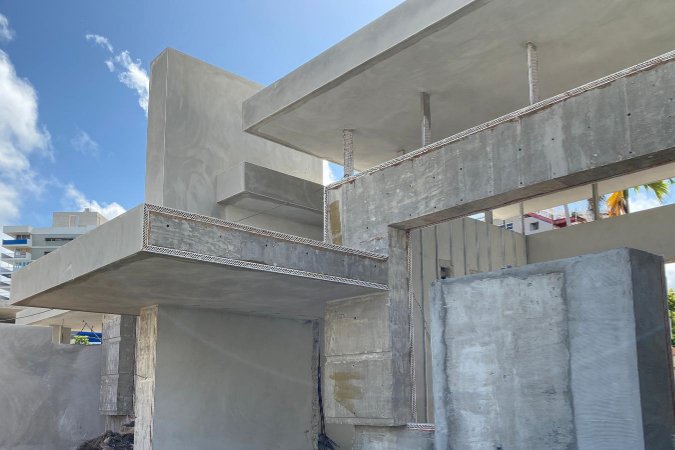5 Things You Should Know About Resilient Housing
Written By Ricardo Álvarez-DíazABOUT THE AUTHOR | Ricardo Álvarez-Díaz is the founder and principal of the architectural firm Álvarez-Díaz & Villalón, with offices in Miami and San Juan, Puerto Rico.
Resilient housing is no longer a luxury, it is a necessity.
As we continue to face devastating natural disasters throughout the world, now more than ever, designing resilient housing has become an intrinsic aspect of our everyday lives. Resilient housing adapts to changing conditions and quickly recovers after a disruption or crisis. Here are 5 things you need to know about resilient housing.
1. WITHSTANDS DISASTERS
Resilient housing can withstand natural or man-made disasters and recover rapidly during the aftermath. It is designed to maintain livable conditions during interruptions in basic services (electricity, water, etc.) or disturbances resulting from climate change such as warmer temperatures, rising sea levels, intensified storms and wildfires.
2. CATERS TO YOUR LIVING NEEDS
Since resilient housing is location specific, it can endure disaster scenarios that can probably occur around the area where you live. Architects in Florida and the Caribbean, for instance, should design buildings that can withstand hurricane-force winds and torrential rains, while architects in California must consider seismic activity and wildfires.
3. STRENGTHENS COMMUNITIES
You cannot build resilient housing without developing resilient community centers. People who have strong relationships with each other are better prepared to get through disasters and their aftermath. During a disaster or emergency, your community resilience space can serve as a neighborhood hub where members of your and surrounding communities can receive critical information, potable water, food and medical services.
4. SAVES MONEY
Building resilient housing often comes with cost challenges, but the costs associated with disaster recovery—response, repairs, reconstruction, etc.—can be as disastrous as the natural hazards themselves. Resilient housing will keep you safer and save you more money in the long run.
5. IS SUSTAINABLE
The design and construction choices of resilient housing improves a project’s sustainability and qualify it for LEED and other green-building certifications. Multilayered impact-resistant windows, for example, protect a building from hurricane-force winds while also saving energy and reducing power bills.Now that you know why resilient housing is essential, here are some of the applications and considerations of resilient design:
Emergency resiliency and disaster preparedness: consider all sources of everyday stress and possible natural disaster scenarios.
Extreme heat and cold: plan for life-saving natural heating and cooling options in the event of a disaster and power outage, including proper insulation, natural ventilation, and shading devices.
Infrastructure failure and power outages: have backup systems (on high floors, not the basement), off-grid heating and cooling, daylighting techniques, among others, used to keep buildings operational and comfortable for people when electricity fails.
Everyday resiliency and normal wear and tear: include durable building envelopes (sealing, insulation, moisture protection) as well as long-lasting and low-maintenance interiors capable of enduring decades of constant use.
Interior finishes: incorporate durable doors and entrance points, protected walls, sealed windows and floors capable of resisting high traffic, especially at the entrance where the right kind of flooring can stop dirt and moisture from spreading throughout the building.
The extensive damage and human suffering caused by natural and man-made disasters remind us of the importance of planning and design. We must always think in terms of long-term life cycles in order to fully engage in resilient design and construction. A construction that can adapt to changing conditions and stand the test of time. That is why architects and developers must think long-term and consider the worst-case scenarios when aiming to create resilient and sustainable buildings, communities and cities.Want to determine which resilience strategies to implement in your home? Then check out our blog on resilient housing strategies below:

